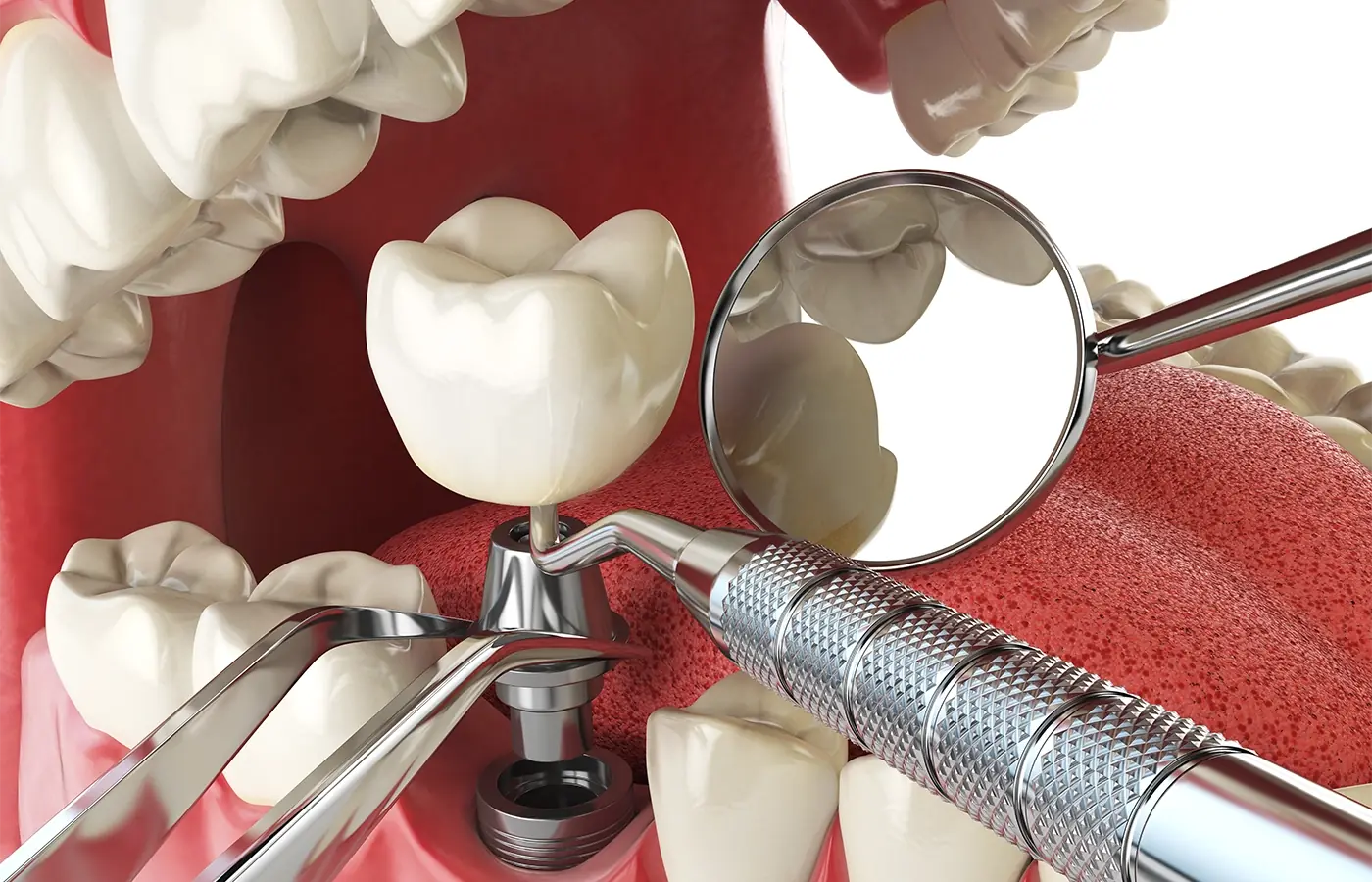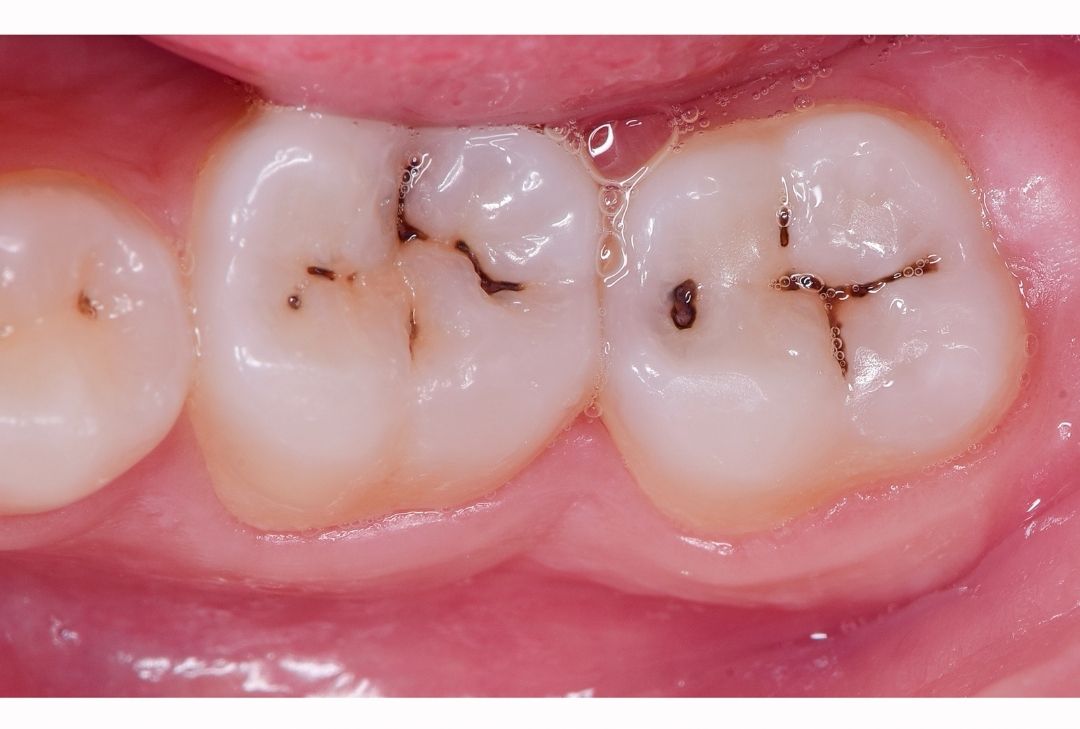Dental implants have transformed the field of restorative dentistry by providing a durable and aesthetically pleasing solution for replacing missing teeth. Unlike dentures or bridges, which can be uncomfortable or unstable, dental implants offer a permanent fix that mimics the look and function of natural teeth. Understanding the types of dental implants available is essential for making informed decisions about your dental health. This article will explore the different types of dental implants, their advantages and disadvantages, and insights from dental professionals to help you choose the best option for your needs.
What Are Dental Implants?
Dental implants consist of three main components: the implant itself, the abutment, and the crown. The implant is a titanium post surgically placed into the jawbone, serving as an artificial tooth root. The abutment is a connector that holds the crown (the visible part of the tooth) in place. This three-part system provides a secure and stable foundation for replacement teeth, allowing patients to eat, speak, and smile with confidence.
According to the American Academy of Implant Dentistry, dental implants have a success rate of over 95%, making them one of the most effective solutions for tooth replacement.
1. Endosteal Implants
Endosteal implants are the most common type of dental implant. These implants are inserted directly into the jawbone, acting as artificial tooth roots. They are typically shaped like screws or cylinders and can support single crowns, bridges, or even full dentures.
Advantages of Endosteal Implants
- High Stability: Endosteal implants provide excellent stability due to their direct connection with the jawbone. This stability helps maintain the integrity of the bone and prevents bone loss, which can occur when teeth are missing.
- Natural Feel: Because they mimic the natural tooth root, endosteal implants offer a more natural feel and function compared to removable dentures.
- Versatility: These implants can be used in various dental restoration procedures, making them suitable for a wide range of patients.
Disadvantages of Endosteal Implants
- Surgical Procedure: The placement of endosteal implants requires surgery, which may not be suitable for patients with certain health conditions.
- Bone Density Requirements: Patients must have adequate bone density to support the implant. If bone loss has occurred, bone grafting may be necessary prior to implant placement.
2. Subperiosteal Implants
Subperiosteal implants are another type of dental implant, positioned under the gum tissue but above the jawbone. These implants are designed for patients who do not have enough healthy jawbone to support traditional endosteal implants. A metal frame is placed on top of the jawbone, and posts protrude through the gums to hold the artificial teeth.
Advantages of Subperiosteal Implants
- Less Invasive: Subperiosteal implants require less invasive procedures than endosteal implants, making them a viable option for patients with limited bone.
- No Bone Grafting Required: For patients who cannot undergo bone grafting, subperiosteal implants provide an alternative solution, allowing for immediate placement of the implant.
Disadvantages of Subperiosteal Implants
- Lower Success Rate: Subperiosteal implants generally have a lower success rate compared to endosteal implants, primarily due to the potential for bone resorption over time.
- More Limited Use: These implants are not suitable for all patients and are typically reserved for specific cases of bone deficiency.
3. Zygomatic Implants
Zygomatic implants are a specialized type of dental implant used for patients with severe bone loss in the upper jaw. Instead of being anchored in the jawbone, these implants are inserted into the zygomatic bone (cheekbone), providing a unique solution for those who have experienced significant bone loss due to periodontal disease or injury.
Advantages of Zygomatic Implants
- Immediate Stability: Zygomatic implants can provide immediate stability for dental prosthetics, making them a great option for patients needing swift solutions.
- Avoidance of Bone Grafting: For patients with severe upper jaw bone loss, zygomatic implants can eliminate the need for extensive bone grafting procedures, simplifying the treatment process.
Disadvantages of Zygomatic Implants
- Complex Procedure: The placement of zygomatic implants is more complex than traditional implants, requiring a skilled oral surgeon with specialized training.
- Higher Cost: Due to the complexity of the procedure and the need for specialized care, zygomatic implants can be more expensive than other types of dental implants.
4. Mini Dental Implants
Mini dental implants are a smaller version of traditional dental implants, typically about half the size of standard implants. They consist of a single piece that is easier to place and is often used to stabilize dentures.
Advantages of Mini Dental Implants
- Less Invasive Procedure: The placement of mini implants usually requires a less invasive surgical procedure, leading to quicker recovery times.
- Cost-Effective: Mini dental implants are often more affordable than traditional implants, making them accessible for a broader range of patients.
- Immediate Use: Patients can often receive their dentures the same day as the mini implant placement, providing a rapid solution for tooth replacement.
Disadvantages of Mini Dental Implants
- Limited Applications: Mini implants may not be suitable for all patients, particularly those requiring extensive tooth replacement or those with significant bone loss.
- Lower Stability: While effective for stabilizing dentures, mini implants may not provide the same level of stability as traditional implants for single crowns or bridges.
Factors Influencing the Choice of Implant
Selecting the right type of dental implant involves several considerations, including:
- Bone Density: Patients with sufficient jawbone density are typically candidates for endosteal implants. Those with bone loss may consider subperiosteal or zygomatic implants.
- Overall Health: A patient’s general health and specific medical conditions may influence the choice of implant.
- Treatment Goals: The desired outcome and restoration type (e.g., single tooth vs. multiple teeth) will affect the decision.
- Budget: Financial considerations play a role in determining the most suitable type of dental implant.
Summing UP
Understanding the types of dental implants is crucial for making informed decisions about tooth replacement. Each type—endosteal, subperiosteal, zygomatic, and mini implants—offers unique advantages and disadvantages that can impact a patient’s dental health and quality of life. By consulting with a qualified dental professional, patients can find the most appropriate option tailored to their individual needs. With the right type of implant and proper care, patients can enjoy a restored smile and improved functionality for many years.



















